In the journey of K-12 education, certain milestones act as gateways to new opportunities for learning. For 8th-grade students, the Math 1+ placement test is one such pivotal moment. It’s not just an exam; it’s a stepping stone towards advanced mathematics courses that can shape a student’s academic and career trajectory. Recognizing the importance of this critical juncture, our services are meticulously designed to prepare students not just to pass the test, but to excel in their new advanced math journey.
Tailored Learning Paths for Every Student
Our approach to preparing students for the Math 1+ placement test is rooted in the belief that every student is unique. With a diverse team of expert educators and innovative teaching methodologies, we craft personalized learning paths that cater to the individual strengths and areas for improvement of each student. Whether it’s mastering complex algebraic concepts, understanding geometric principles, or tackling challenging word problems, our program ensures comprehensive coverage of all potential exam topics.
Interactive and Engaging Teaching Methods
Our teaching methods are interactive, engaging, and designed to make learning math fun. Through a blend of direct tutorials of material, hands-on problem-solving sessions, and brief in-session assessments, we keep students motivated and engaged. Students may elect to receive homework from their tutor, as well.
Expert Guidance and Support
Our educators are not just math experts; they are passionate about teaching and deeply committed to the success of each student. They provide not only academic guidance but also motivational support, helping students overcome anxieties and build a positive mindset towards math and exams.
Proven Track Record of Success
Our commitment to excellence is reflected in our proven track record of success. Students who have gone through our program have shown remarkable improvements in their math skills, with the vast majority exceeding the passing requirements for the Math 1+ placement test. But our goal goes beyond just passing the test; we aim to instill a love for math and a solid foundation that benefits students throughout their academic journey and beyond.
Prepare for the Math 1+ Placement Test with Expert Math Tutors
As the Math 1+ placement test approaches, the time to act is now. Enrolling your child in our program is more than an investment in their education; it’s a gateway to advanced learning opportunities and a brighter academic future. With our expert guidance, personalized learning paths, and innovative teaching methods, your child will be well-prepared to excel in the Math 1+ placement test and beyond.
Learn more about our expert math tutors and placement preparation services by calling or emailing us today!





